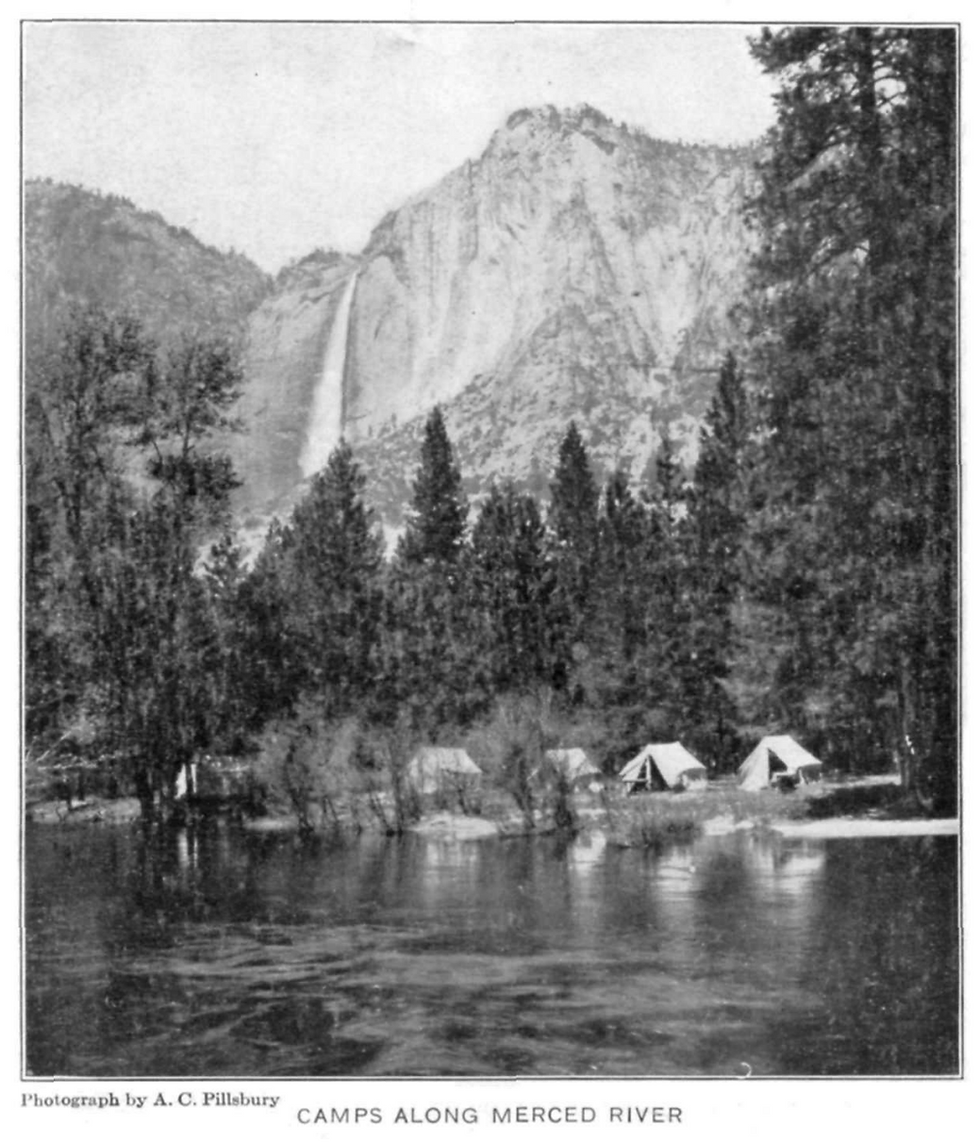A Different Kind of "Earth Day"!
- Yosemite Me

- May 26
- 5 min read
" . . . you were made out of soil,
and you will once again turn into soil."
Genesis 3:19, The Holy Scriptures
The New Contemporary Version
On April 22nd of each year, Yosemite National Park participates in recognizing Earth Day. The activities facilitate education, inspiration, and action to highlight how humans impact the environment. Yosemite.org states that Earth Day “serves as a powerful reminder to cherish and preserve the natural world. Earth Day (April 22) is more than just a celebration - it’s a call to action for environmental stewardship.”
I admit that I have a fondness for this day in spring. Plus, I cannot think of anywhere I would rather be on Earth Day than in Yosemite National Park. I appreciate the booths and the educational material offered near Yosemite Village. I can easily renew my desire to lessen my impact on the Park and upon the earth in general while strolling amidst the displays and viewing the exhibits; not to mention amidst the granite walls that embrace me within Yosemite Valley. Making use of the appropriate canister for disposing of my leftovers (e.g., recyclables, garbage, glass) remains one of my daily goals as I enjoy the natural setting of Yosemite.
My visit on Earth Day also got me thinking of pertinent issues. This includes the fact that not everyone acknowledges the importance of having a level of reverence for the earth’s ecosystem. I am not speaking of reverence in a “tree-hugging” fanatical sort-of-way, but rather in a manner that practically protects what humans need and wish to sustain (e.g., abundant clean water). So, even though the Earth Day designation has been ongoing for over 55 years in the United States (US), behaviorally speaking, not all institutions or individuals attune themselves to contributing even in minor ways.
For example, I recently became tasked with cleaning out my mother’s home after she died in October 2024. The collection of hazardous waste that had accumulated needed to be disposed of but the Arizona county she lived in had no ongoing disposal process. In comparison, Orange County, California has a daily drop-off site where all kinds of contaminants can be left. For an institution as large as a county, one would think hazardous waste disposal would be a top priority, especially after 55 years of efforts by organizations, such as the Earth Day Network, to increase awareness of toxic waste and its impact on the environment.
The Earth Day Network, Earth Day’s primary advocate (now known as EarthDay.org), reports that since the first Earth Day in 1970, over a billion people around the world have been “mobilized” to “protect the planet.” I cannot say exactly what is meant by the word “mobilize” in this instance, but most definitions include moving toward actively serving in some capacity. With a world population of a little over eight billion, that means one in eight persons (12.5%) have, at some point, actively promoted recycling, composting, and energy conservation, to name a few activities that contribute to fulfilling the Earth Day’s mission of “saving the planet.” That leaves about 87.5% of the earth’s population who may have missed out on finding ways to contribute to reasonable environmental and natural resource conservation.
I think there is reason to believe, however, that the 87.5% who have missed out on the opportunity to contribute to environmental stewardship may be able to make at least one last significant contribution “after” all is said and done, so to speak.
This takes me to another issue related to the loss of my mother. Seeing a parent die accompanied by a cascade of worsening medical events that rob a person of any quality of life can be disturbing. Yet, the subject of dying and disposing of one’s body is not a topic easily discussed.
Dr. Atul Gawande, writing in his book, Being Mortal, commented that “our reluctance to honestly examine the experience of aging and dying has increased the harm we [doctors] inflict on people and denied them [the dying] the basic comforts they need most.” In the bloom of life, few consider the shortness of life and the nearness of death. Most elderly would agree that at one moment they are graduating from grade school, and, then, inexplicably, they find themselves in the present trying to cope with an increasing number of physical limitations that impede their quality of life. Medical issues and doctor visits become their primary focus in life.
But death happens whether we prepare for it or not. And, at death, one’s body needs to be “disposed” of whether we have prepared for it or not (hopefully one’s body is not considered “hazardous” after dying in one particular county in Arizona!). Traditionally, disposal includes a burial in a cemetery in a casket, or cremation with ashes stored in an urn or lawfully distributed somewhere.
A third option for body disposal, called human composting, now exists. One company specializing in this form of body disposal, Return Home, calls it Terramation, or “natural organic reduction” which “is a gentle process that transforms the body into nutrient-rich soil using natural materials like alfalfa, straw, and sawdust.” Another company, Soil Funeral states, “We’re specialists in soil transformation, an environmentally-friendly alternative to burial and cremation, which is sometimes referred to as human composting. Over a 45-day process, we gently transform a body into nutrient-rich soil.”
Organic compounds and oxygen are added to a special container where it takes about three months for the body to break down. Once the process has been completed, then the soil (about one cubic yard) can be returned to the family or deposited at land reclamation projects designated by the “green” funeral company. The family or person who has died can determine where they wish to deposit their contribution to the earth.
Because of the reduced carbon footprint human composing creates compared to traditional casket funerals and cremation, NPR referred to this funeral arrangement as the “ultimate green burial.” According to Wikipedia, 13 states in the US have legalized the process in the past seven years.
The objective, of course, would be to not limit this choice to the 12.5% of the eco-conscious individuals who mindfully attend to reasonable conservation efforts. Frankly, it makes great sense to have this funeral process as the default choice for the 87.5% of humans who die and who exhibited a remarkable aptitude for ignoring every single environmental warning sign; those that took no note of any Earth Day entreaties while alive.
This would extend an opportunity to the 87.5% to provide the most profound form of reparation at death. Their body-turned-soil contribution, slowly but surely, would rehabilitate the very earth they had so blithely disregarded. It would allow them to participate in a much different style of “Earth Day;” not one celebrated annually, but one recognized on an ongoing basis by the richer soil and thriving plants they contribute to the “protecting of the planet.”
Perhaps that different kind of Earth Day would allow them to truly “rest in peace.”





Comments